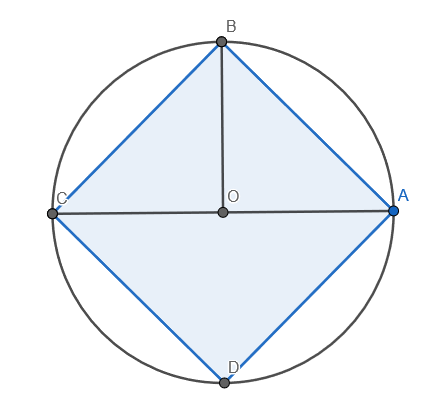This post is a continuation of the series where we examine some of the problems selected for the 2014 APL Problem Solving Competition. I’ll start by looking at the cryptography problems from Phase II.
Cryptography Problem 1 – Vigenère Cipher
The cipher is described using a large table of letters, but you don’t need to create this table in APL. Instead, you can convert each letter of the key and the corresponding letter of the message to numbers; add them together; and then convert the result back to a letter. Some subtleties:
- We want the result of the addition to “wrap around” at the end of the alphabet, so 25 + 1 = 26 (Z) but 25 + 2 = 27 which should wrap round to 1 (A). This is called modular arithmetic.
- We can implement modular arithmetic easily using APL’s Residue primitive, but this works most naturally when the alphabet is numbered from 0 to 25, rather than from 1 to 26. To use 0-based numbering, I’ll set
⎕IO←0in the code below. - An idiomatic way of converting letters to numbers is to look them up in the
⎕A, the upper case alphabet:⎕A⍳⍵. To convert the other way we can simply index into⎕A:⎕A[⍵]. (For more comprehensive conversions between characters and numbers see the⎕UCSsystem function.)
The code is then straightforward:
VigEncrypt←{
⎕IO←0 ⍝ use 0-based numbering
key←(⍴⍵)⍴⎕A⍳⍺ ⍝ convert key to numbers and expand to length of message
⎕A[26|(⎕A⍳⍵)+key] ⍝ add key to message and convert back to characters
}To encrypt the message we added the key (modulo 26). To decrypt, we need to subtract the key (modulo 26) instead, so we can go from VigEncrypt to VigDecrypt just by changing one character in the code. Note that the result of the subtraction might be negative, but Residue (unlike the remainder or modulo operations in some other programming languages you may have used) will still give us the correct result in the range 0 to 25. For example, 26|¯3 is 23.
VigDecrypt←{
⎕IO←0 ⍝ use 0-based numbering
key←(⍴⍵)⍴⎕A⍳⍺ ⍝ convert key to numbers and expand to length of message
⎕A[26|(⎕A⍳⍵)-key] ⍝ subtract key from message and convert back to characters
}Here are the functions in action:
key←'KEIVERSON'
key VigEncrypt'APLISFUNTOUSE'
KTTDWWMBGYYAZ
key VigDecrypt key VigEncrypt'APLISFUNTOUSE'
APLISFUNTOUSE



